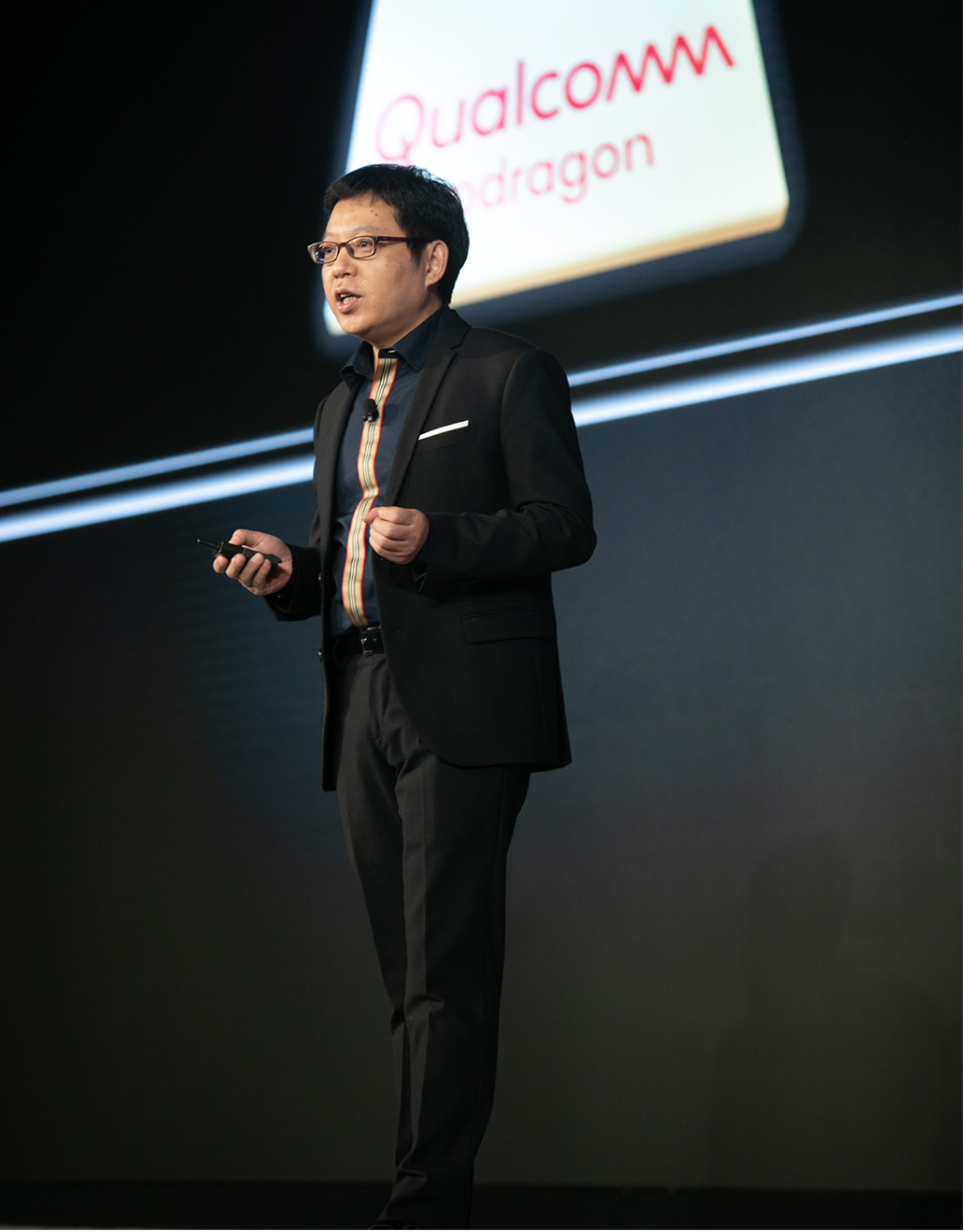Chinese smartphone maker Oppo is seizing on the headwinds facing compatriot Huawei Technologies to pursue rapid growth in Europe, where it recently inked a deal with the EU’s largest mobile carrier to sell 5G handsets.
China’s No. 2 smartphone maker aims to have a market share of at least 5% in Europe by next year and plans to be one of the top players there in the next three years, Alen Wu, Oppo’s vice president and president of global sales, told Nikkei Asia in an exclusive interview.
“2020 is the second full year since we entered the Western and Eastern European markets and we aim to become a real player [with a market share of over 5%] there in the third year,” Wu said. “We see tremendous room for us to grow and elevate our market position in Europe, a strategically important market for Oppo.”
Wu said Oppo’s sales in Western Europe, its fastest-growing market, have tripled this year, while sales in Eastern Europe grew nearly as quickly. “But for any smartphone maker, one has to achieve a share of some 10% to 15% in a market to be called a leader and to reach that break-even point. … We aim to reach that goal in the next two to three years.”
Currently, Samsung tops the chart with a 35% market share in Europe, followed by Apple at 17%, according to data from research company Counterpoint.

Oppo, the fifth-largest smartphone maker globally, is setting its sights on Europe as Huawei, its biggest domestic rival, loses ground overseas due to Washington’s crackdown on the company. Other smartphone makers, including Xiaomi and Samsung, are also looking to grab market share from Huawei.
On Tuesday, Oppo announced it had signed a deal with Deutsche Telekom to sell the company’s 5G smartphones — the Reno 4 series– in Germany, Netherlands, and Poland this month. The deal is expected to give Oppo further momentum after it tripled its European market share from 1% in the second quarter of last year to 3% in the April-June quarter of 2020, according to data from research company Counterpoint. That puts the company in fifth place in Europe after little more than two years’ of engagement with key telecom operators there, including Deutsche Telekom Vodafone, Telefonica, and Orange.
Huawei’s European market share, meanwhile, plunged to 16% in the June quarter, from 22% last year, while Xiaomi’s share grew from 6% to 13%, Counterpoint’s data showed.
Oppo’s ambitions are not limited to Europe. In late July, the smartphone maker teamed up with two key Japanese carriers, KDDI and Softbank, to start selling 5G smartphones in Japan, a highly competitive Japanese market where premium devices dominate.
While Oppo’s main focus next year will be on the higher-end segment with 5G-capable models, Wu said the company will also continue releasing some entry-to-mid-level 4G models for Europe and emerging markets, as the rollout of 5G mobile networks has been slower than expected due to the coronavirus pandemic and delays in bandwidth auctions.
“China’s deployment of the 5G network is faster than we expected. Looking forward to next year, we expect some 80% of smartphones in China will be 5G phones, from some 60% this year, while South Korea is also fast,” Wu said. “In many overseas markets, however, 5G adoption is a bit slower than we thought.”
Wu said the coronavirus pandemic and geopolitical tensions have made 2020 a very challenging year for the smartphone industry as a whole, and that Oppo has taken steps to address both risks.
“We’ve been taking compliance with local laws more seriously than ever this year. We make sure everything we do complies with the local regulations of each market,” Wu said. Oppo also reviewed its manufacturing process and increased the number of suppliers in areas where it was single-sourced, he added.
Unlike rivals such as Apple and Xiaomi, which outsource all of their smartphone production, Oppo makes more than 80% of its smartphones itself. Its manufacturing bases are spread across several countries, including in Indonesia, Bangladesh, and India, which allowed the company to adjust production in response to the Covid-19 outbreak.
Oppo’s overall smartphone shipments are expected to rise more than 38% next year, from some 118 million units to more than 164 million units, according to Luke Lin, an analyst with Digitimes Research. Compatriots like Xiaomi and Vivo will also similarly high growth of between 30% and 46%. Huawei’s shipments, on the contrary, will likely plunge more than 61% from this year to around 64.5 million in 2021, Lin estimated, while the overall smartphone market will return to growth at a rate of 12% in 2021.
This article first appeared on Nikkei Asia. It’s republished here as part of 36Kr’s ongoing partnership with Nikkei.

